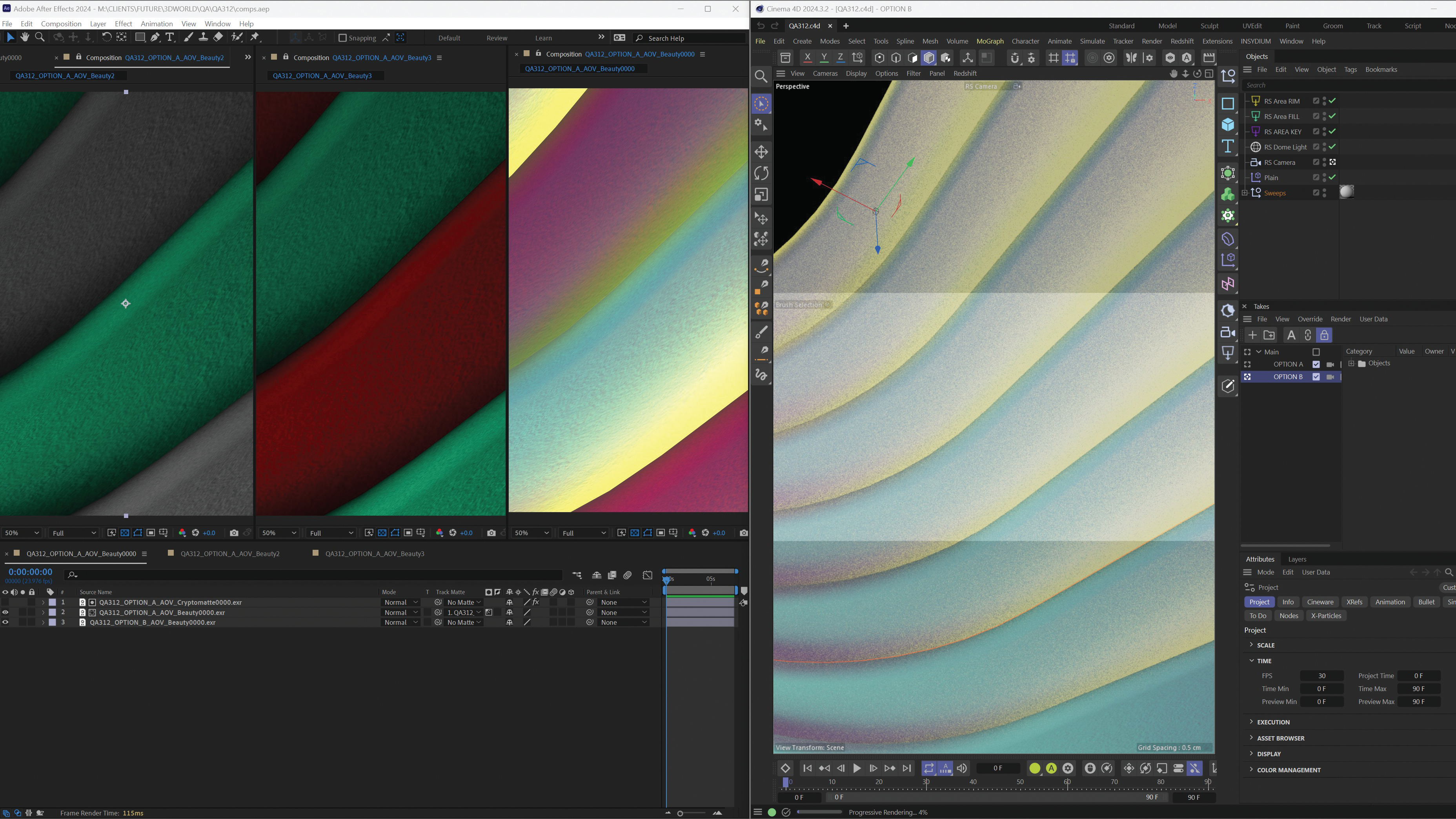Selling stock illustrations is becoming increasingly popular with illustrators, and the reasons for this are pretty clear: it fits perfectly with an illustrator's lifestyle owing to its flexibility. Selling stock illustration can be an excellent sideline, you can upload in-between commissions or depending on rights you can add some completed work to sell again.
The percentages are quite low (depending on the complexity of file and if you are exclusive or not) making only around $5 or approx £3 per download, however the same illustration may sell 500 times that year making you as much money as a good commission and if you have multiple files that sell well then it can be well worth your while.
Lion's share
Some illustrators I know make the lion's share of their salary through selling stock illustrations. Your online stock portfolio can also act as a great marketing platform – I have gained some of my most prestigious commissions based on my iStock folio; Tesco and Bloomsbury have both commissioned me after seeing my work there. Good quality, commercial work sells the best. (Save your experimental, boundary-pushing work for specific clients.)
There are other stock libraries you can sell your work too of course – check out these best places to download stock art online. With that in mind, here are some insights and top tips in becoming a successful stock illustrator.
01. Get to grips with Adobe Illustrator
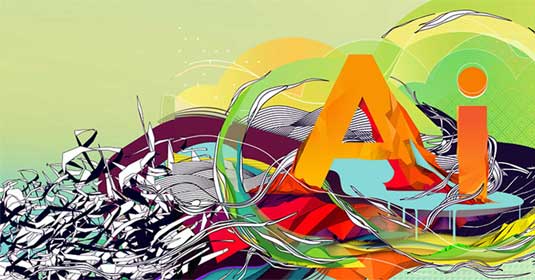
The major online websites that sell stock illustrations (iStock, Shutterstock, Getty Images, etc) all work with vector illustrations, that means you need to be pretty fluent in Adobe's Illustrator software.
Vectors are far easier for clients to manipulate and edit after they have downloaded them so are an ideal medium for the stock download market. Any illustrations that have the slightest smell of amateur will not get accepted as competition is very high.
02. Pass the test
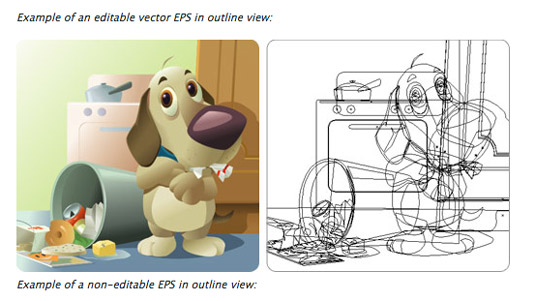
The library I sell my illustrations too, iStock, requires you to submit three illustrations before it allows you to become a contributing illustrator. Take your time with this because you have to wait an increasing number of weeks until you can try again if you fail.
Get the Creative Bloq Newsletter
Daily design news, reviews, how-tos and more, as picked by the editors.
The creative content as well as the way you submit your file technically really matters, so whichever library you are targeting, make sure you read its submission guide really carefully. This may seem arduous but will save valuable time as your files will be constantly rejected if you haven't read and digested it thoroughly. Take some time to look at other illustrations on the site - can you match the standard?
Many library also have forums where you can post your test illustrations and contributors can give you honest and helpful advice before you submit, which is invaluable for illustrators just starting out.
03. Create illustrations that are commercial
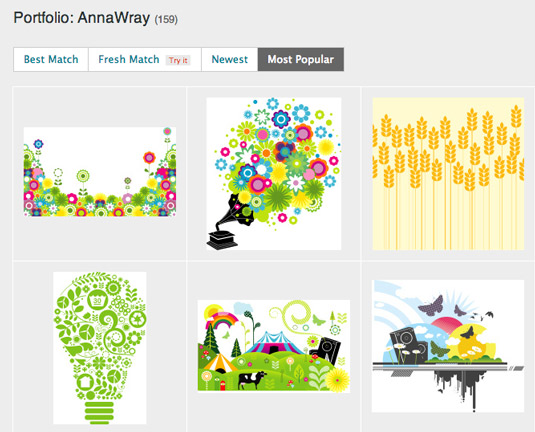
Once you have become accepted you need to upload some work. Each illustration has to be accepted so make sure everything you upload is your best work; too many rejections will stop you getting a better commission rate. Some people make a lot of money and some barely anything, what matters is how commercially viable your illustration is, as well as creativity and quality.
Because download numbers are what matter, make sure your illustration is adaptable and can be used in a number of different designs.
My best-sellers are my stylised illustrations of flowers. They are generic enough to work on a number of design projects and briefs. My worst sellers are thing like characters - oo specific, too narrow a range.
I have written about the perils of following trends on my blog, however the stock illustration market is slightly different - if you want to make a quick buck putting something up there that is of the moment you can actually make you some money as marketing departments will probably want to download it. Call it your guilty pleasure!
04. Graphic elements for designers
Things like textures, stylised design elements, scrolls, backgrounds, ink and paint splatters, icons and frames are great for designers to download and use on their project. They could probably do it themselves but for a few dollars and a looming deadline it's worth it for them. These are some of my consistently good sellers.
05. Pile 'em high, sell 'em cheap!
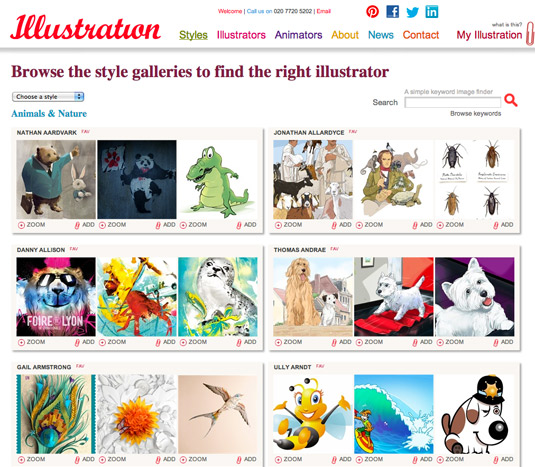
If you have 10 great files online don’t expect to make any significant money; some of the most successful iStockers have 500-plus files online. Volume really matters, keep plugging away when you have spare time and build up your portfolio slowly, it will take a few months of steady uploading to really see significant downloads so you need to be patient, persistent and not to get too downhearted. If you are good and you stick at it, you will get results.

Thank you for reading 5 articles this month* Join now for unlimited access
Enjoy your first month for just £1 / $1 / €1
*Read 5 free articles per month without a subscription

Join now for unlimited access
Try first month for just £1 / $1 / €1
